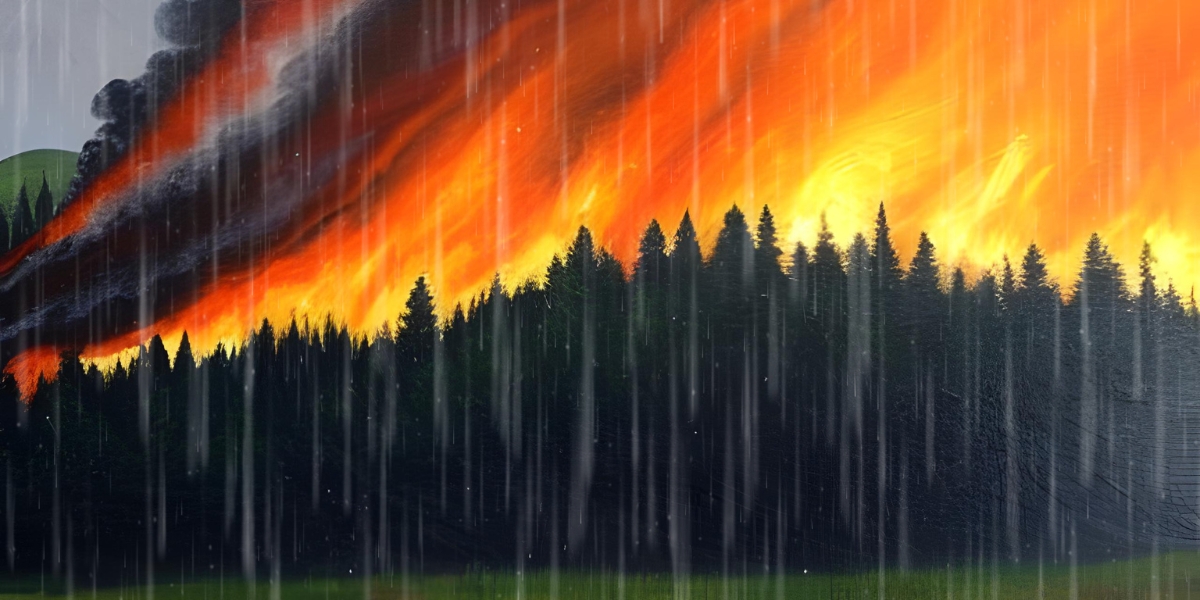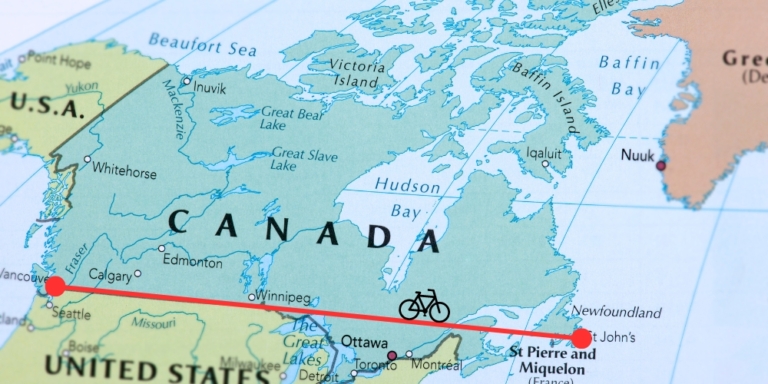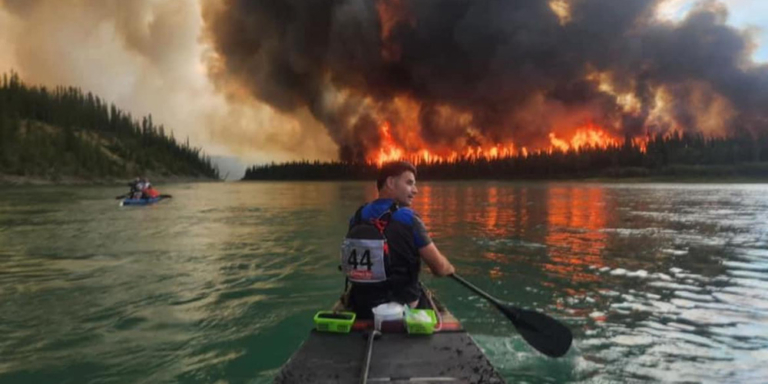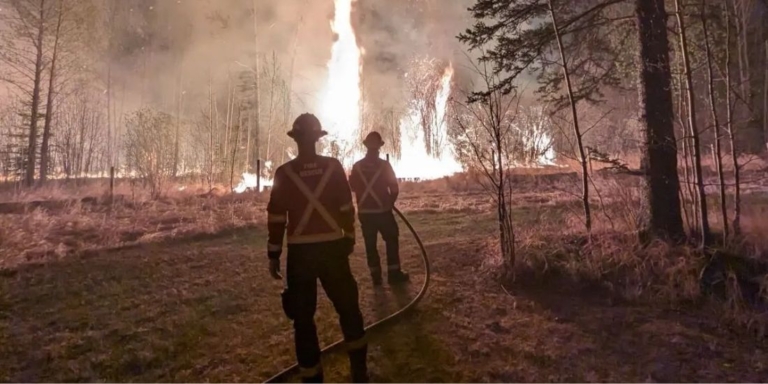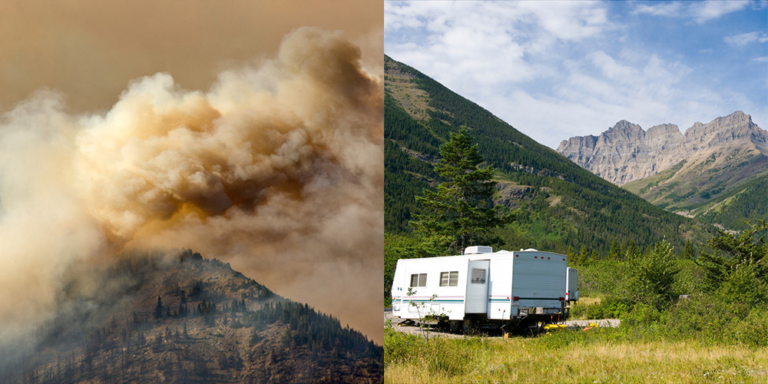Fifty-six wildfires are burning in the province, but recent rainfall has allowed firefighters to reinforce firebreaks and put out hot spots.
Over the long weekend and into Monday, cooler weather and rain swept across Alberta. According to Christie Tucker of Alberta Wildfire, rain reached every wildfire burning at the time, except those in the far north.
But the executive director of the Alberta Emergency Management Agency, Bre Hutchinson, is reminding Albertans to stay frosty.
“Despite the forecast, it is important for all Albertans to remain vigilant, especially those that live in areas that remain under evacuation alert,” Hutchinson told The Canadian Press.
This spring has been the most active for fires, with a record 945,000 hectares burned. In comparison, only 615,000 were burned in 2019.
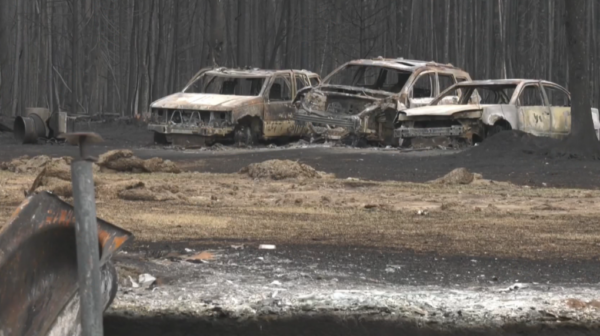

While rainfall has provided some relief, Hutchinson warns that the fire danger remains very high to extreme in northern Alberta and high to very high along the eastern slopes of the Rocky Mountains.
“The season isn’t over, and we’re planning for what will be needed over the coming months to extinguish the large, complex wildfires that we’ve had this year,” Christie Tucker, Alberta Wildfire information unit manager, told CBC News.
On Wednesday, 25 firefighters from New Zealand arrived in Alberta, and another 200 firefighters from Australia are expected to arrive this weekend.
According to Tucker, there are almost 3,000 firefighters and support staff battling blazes across the province, including 400 Canadian troops.
More than 7,000 people are under evacuation orders, a significant drop from last week. Evacuees from Swan Hills, Fox Creek, Little Smoky, and O’Chiese First Nation have been allowed to return home.
Communities like the Dene Tha’ First Nation’s Chateh are less fortunate. The community of more than 700 people fled after receiving an evacuation order on May 13.
The community has set up a 400-person camp on one of the nation’s properties in High Level, but “it’s not home,” said Celine Mercredi, a member of Chateh who evacuated with her great-granddaughter, grandson, and daughter.
Community elders are housed in an evacuation centre with accommodations including a shower and kitchen. On the other hand, families are camping outside in tents.
The East Prairie Métis Settlement has been under an evacuation order since May 5. Yesterday, the community had its status downgraded to an evacuation alert.
The community can return home but must be prepared to evacuate. Many community members don’t have a home to return to.
The wildfire consumed the East Prairie Métis Settlement and destroyed almost 30 houses. It will be long before the community can pick up the pieces.
Ron Bellerose, an East Prairie Métis Settlement member, thinks the province should have done more to help the community when the fire started.

